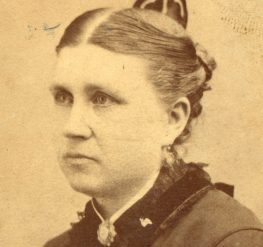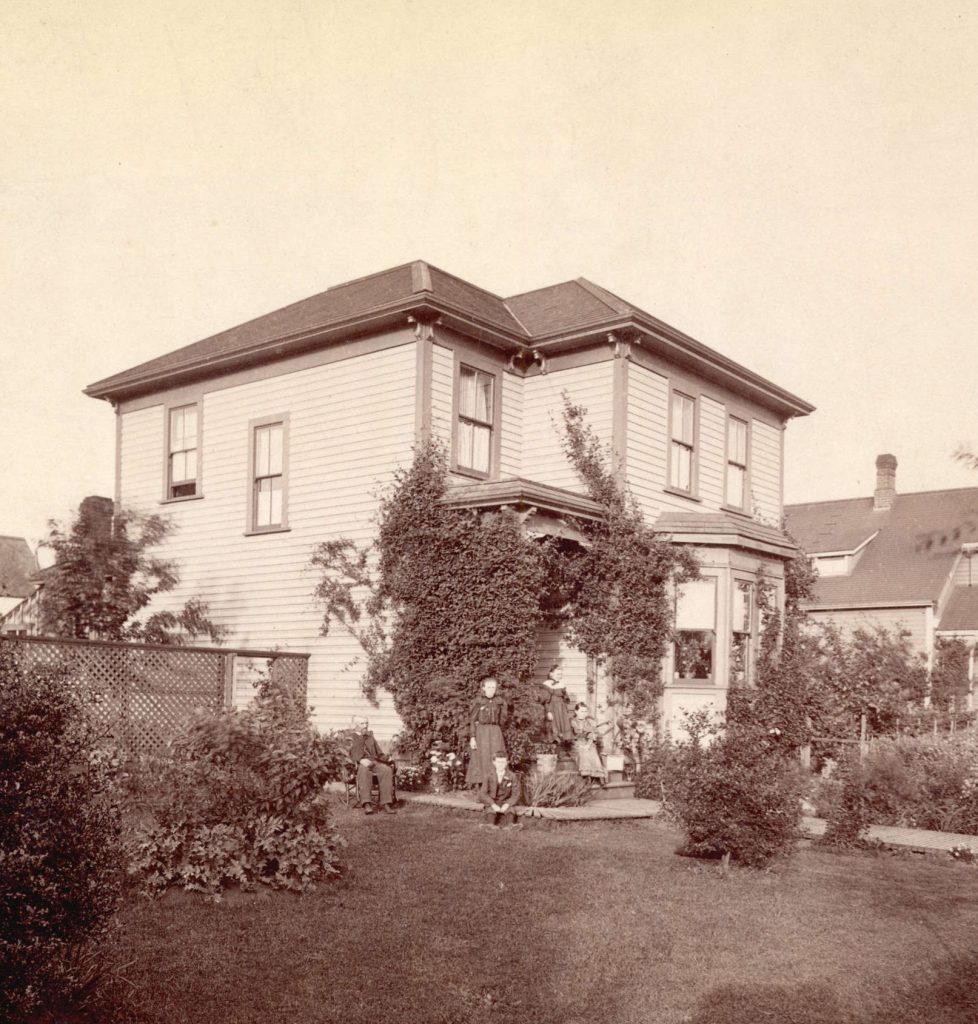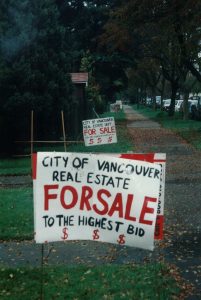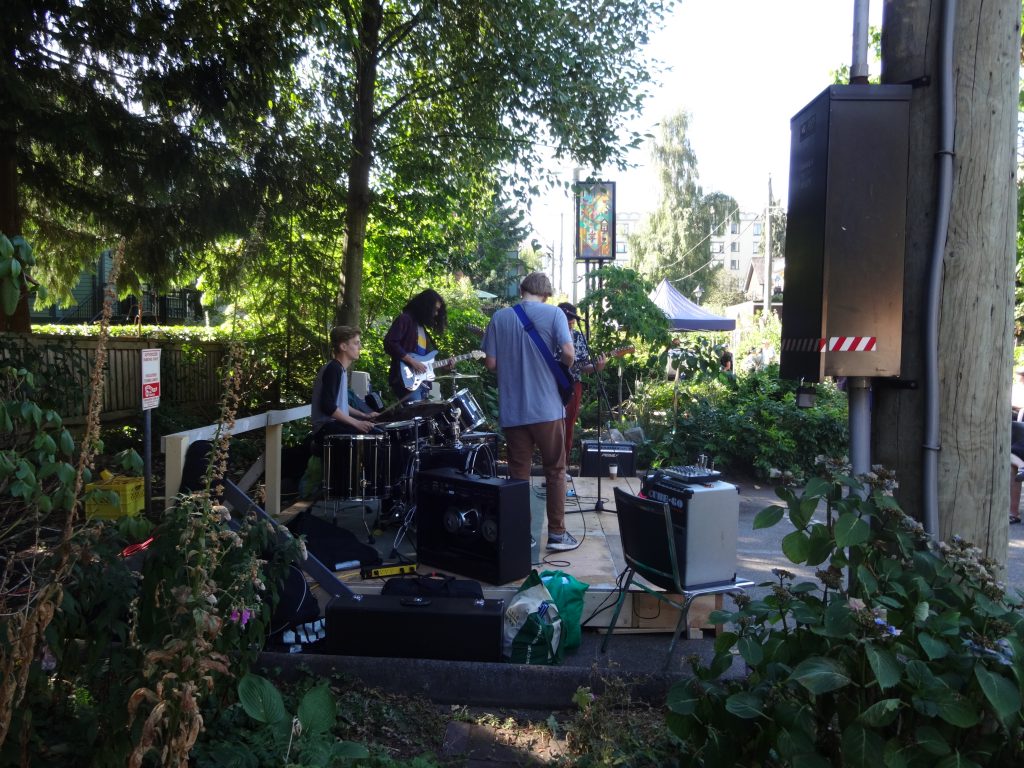Mole Hill is the last surviving block of pre-World War One housing stock in Vancouver, the most significant example of Vancouver’s Victorian and Edwardian era domestic architecture.Henry Mole emigrated from England in 1855. Arriving in the Pacific Northwest via the Panama Canal, he farmed in Shaughnessy and later built a house in Vancouver’s West End, residing there with his wife Elizabeth and their children until 1901. By then the area had transformed from a “heavily timbered and swampy” forest into a peaceful residential neighbourhood, consisting of blocks of the elegant Victorian wood-framed dwellings which characterized the early development of the city. Throughout the 20th Century the West End was redeveloped and dozens of blocks of Victorian and Edwardian houses were replaced by apartments. The only block which survived is Mole Hill. Today, Mole Hill is governed by the Mole Hill Community Housing Society which is frequently recognized for achievements in heritage conservation, construction, landscaping and the provision of social housing.
Timeline
Learn about the early days of Vancouver’s West End, and the history of Mole Hill.
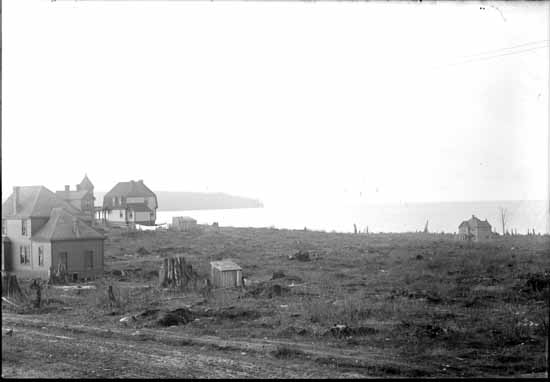
Mole Hill People
Some of the characters and personalities who have shaped Mole Hill’s history.
